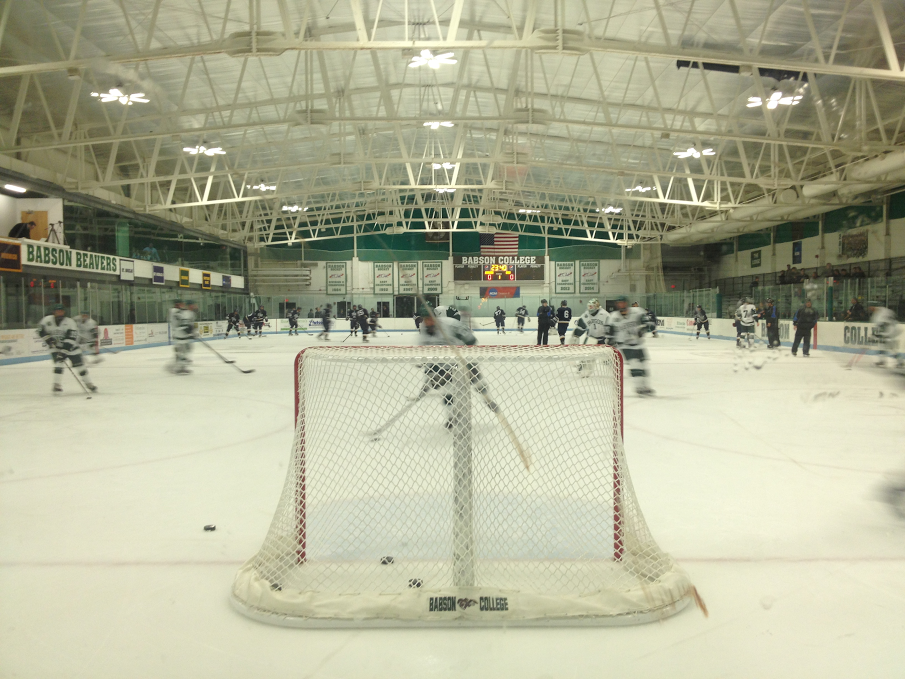Undergraduate perspective on Sports & Exercise Medicine – a BJSM blog series
By David Bui (@David_Bui_)
I recently had the privilege of undertaking a three-tiered elective in the United States of America (USA). 1) The “Harvard Medical School Exchange Clerkship” program in Paediatric Orthopaedics at Boston Children’s Hospital; 2) The Hospital for Special Surgery (HSS), Cornell University; and finally 3) The Cleveland Clinic Sports Health. My few-month stint resulted in travelling to 3 USA states, 2 Ivy League institutions, 2 #1 ranked Orthopaedic programs (paediatrics and adults) and working with sports doctors and athletes from professional and college teams for hockey, basketball, baseball, football and rrestling, as well as dancers and ballet companies. It really was that busy….
As the whirlwind has come to a close, here are a few FAQs and tips regarding my USA elective.
 Why go abroad for Sports Medicine?
Why go abroad for Sports Medicine?
Sport is bigger than national boundaries. You only need to look to the Olympics to see the international reach. Given Sports and Exercise Medicine can involve looking after professional athletes on a global scale, it makes sense to get global experience. I am a big believer in getting outside my own comfort zone to challenge myself – normally good things follow!
Why the USA?
The USA takes sports seriously. 114.5 million people watched Superbowl XLIX – more than 4 times the Australian population! Or double the UK! They also take their medicine seriously, with 17.9% of their $16.7 trillion GDP attributed to healthcare, and the highest medical research investment of any country worldwide. This follows onto Sports Medicine. When you count the home, visiting and neutral medical staff, there are a minimum of 27 doctors present at an NFL game! With this much investment into sports, medicine and sports medicine – you’d be crazy not to want a piece of the action.
- Practical tip: Plan early, wait late
The USA medical system is tightly regulated. Typically, overseas doctors must sit the United States Medical Licensing Examinations (USMLE) if they want to have patient contact, otherwise you’re restricted to “observerships”. As a student, there are a few programs that don’t require this (e.g. Harvard) or others that may waive the requirement after a nicely worded letter from your university (e.g. Cornell and the Hospital for Special Surgery). As such, planning early as to whether you want to sit this exam, or to get the appropriate paperwork to have it waived is crucial.
The landscape of sports coverage in the USA is different from the UK and Australia in that institutions pay to be the healthcare providers for professional teams. Finding out which doctors and institutions manage teams and take students is half the challenge!
Keep in mind that if you’re a non-American medical student you typically have to wait until about 2 months before your placement before you get sent your acceptance letter, which can make things tricky logistically, but its definitely worth it. #PatienceIsKey
- “If you ask, the worst they can say is no; if you don’t ask you’ll never know.”
This is a variation on @Liam_West’s BJSM tip, “You make your own luck”. The USA is a land of opportunity. You need to put yourself out there though, show you’re keen. I emailed about 50 different doctors, universities, teams or programs all up! Want to do sports coverage? Ask! The vast majority of my electives weren’t specifically with sports teams or individual team doctors, but by working within the system, meeting people at department meetings or sending a few emails I was able to experience many aspects of sports medicine, including being rink-side in ice hockey coverage and court-side at a university basketball stadium. I had no idea people could specialise in Paediatric Orthopaedic Sports Surgery, or Dance Medicine, or purely Lacrosse. Want to do research? Email ahead and say so! A few of my friends wrote book chapters, and another wrote and published 2 papers, so it’s definitely possible!
- When in Rome…
“Do as the Romans do”. American medical students work hard. Much like you do I’m sure #NoBias but bear with me… “Away rotations” or “sub-internships” or “electives” are basically 1 month job interviews. The learning curve is huge, but it just motivates you to work harder; you’re working with some of the best! I remember ultrasound meetings and rounds in the early mornings and journal clubs late at night. When everyone is working around the clock, you’ll be swept away with it as well. Take call. Work overtime. Talk to the residents and fellows. Go to the local games, either on the sideline or in the stands. Contact the local Medical Society, find out what events are on and get involved. American sports are unique, but components of their medical management are easily transferrable to other contexts. For example, baseball is a great arena to study the ‘Throwing Shoulder’ and American football has injury profiles similar to rugby.
Overall, if you plan ahead, put yourself out there and dive into it! Make your elective, the trip of your lifetime.
David Bui is a final year medical student at the University of New South Wales, Sydney Australia. He is the current President of the University of New South Wales Sports Medicine Society
Twitter: (@David_Bui_)
Dr. Liam West BSc (Hons) MBBCh PGCert SEM (@Liam_West) is a graduate of Cardiff Medical School and now works as a junior doctor at the John Radcliffe Hospital, Oxford. In addition to his role as an associate editor for BJSM he also coordinates the “Undergraduate Perspective on Sports & Exercise Medicine” Blog Series.
If you would like to contribute to the “Undergraduate Perspective on Sports & Exercise Medicine” Blog Series please email LIAMWESTSEM@HOTMAIL.CO.UK for further information.